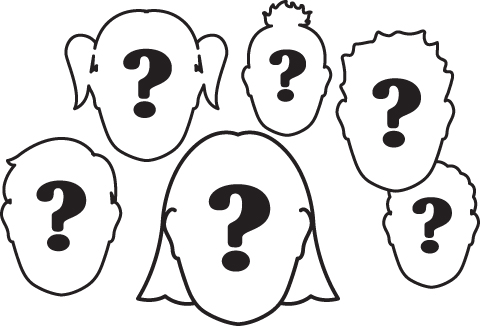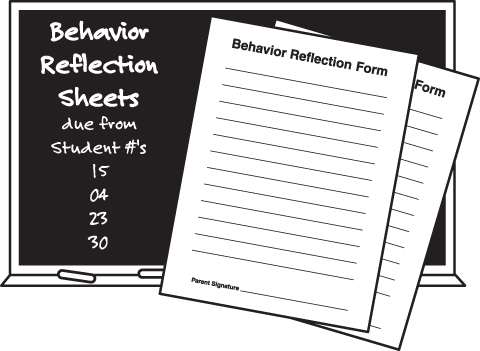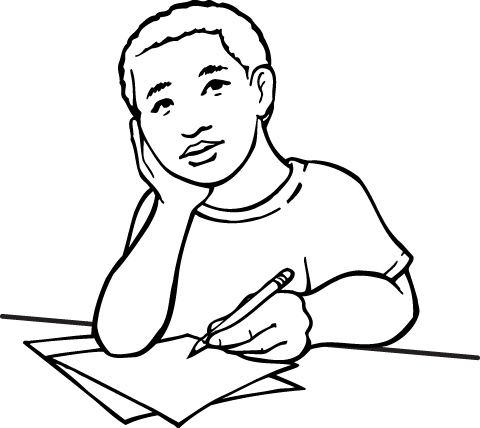Need a new strategy to get your students to stay quiet and focus on their work? Try Secret Workers. Secretly pick two people and write their names down. Announce to the class that the teacher has picked two Secret Workers. If the two Secret Workers are quiet, follow the directions, and stay on task, they will earn a reward for the entire class. If the two do not behave properly, the class will not receive the reward. Since no one knows who the Secret Workers are, everyone is forced to behave as the teacher has asked. This behavior system works well for shorter lengths of time—about half-hour to 40-minute time frames.
Rewards can be anything the teacher chooses, such as five extra minutes of recess, free time, stickers, etc. Extra recess is a logical reward. The teacher can always say, “Since you used the class time so well and stayed on task, we will have extra time to get in more recess.” Or the teacher might say, “Since you have worked so hard, you have earned an extra five minutes of break time.”
There can be variations to the Secret Workers. One variation is to tell the class that the teacher will be picking one boy and one girl. Another variation is to divide the class in half, and tell the class that one person will be picked from the left side of the room and one from the right side. After using this technique several times, the teacher can then have a competition between the two groups.
Tips: If the Secret Workers are successful, be sure to announce their names and have the class thank them. If the Secret Workers are unsuccessful, talk to them personally and do not reveal the names to the class.
It is a good idea to announce aloud how the Secret Workers are doing. For example, a teacher might say, “Wow, the Secret Workers are doing really well” or “Uh-oh, our Secret Workers need to be careful.”



